I'm Sarah and this is my school blog for film and animation. Main Blog | Art Blog | Dev | Insta | Tags
Don't wanna be here? Send us removal request.
Video
tumblr
MR MIME HAS DODGEBALL SHOULDERS
27K notes
·
View notes
Video
tumblr
Updated Lake Video
@sarahstraczek
1 note
·
View note
Text
It will be my mission in life to find all the Chris Evans laugh edits and apprehend the crafty son of a bitch that keeps making them.
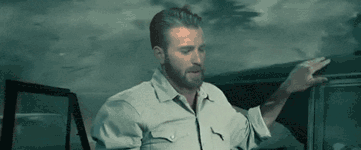
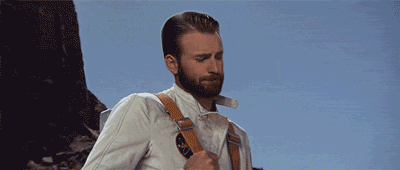
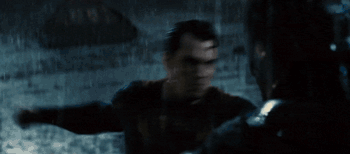
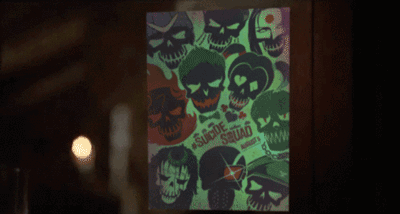
156K notes
·
View notes
Video
tumblr
I made this, because it’s so fitting. I really love this show. I don’t own the show or music.
Show: Camp Camp Creator: Rooster Teeth
Song: It’s A Hard Knock Life- Annie(2014)
2K notes
·
View notes
Photo


Quite possibly the best villain Rooster Teeth has ever produced. I really hope he’s a recurring character.
4K notes
·
View notes
Photo
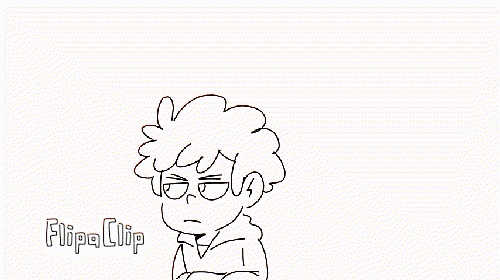
Made this at my family reunion today
5K notes
·
View notes
Photo

The hype is REAL! I hope y’all enjoy watching this show as much as I enjoy working on it.
10K notes
·
View notes
Photo





2K notes
·
View notes
Text
The Tower
Tower is a 2016 documentary directed by Keith Maitland about the 1966 Texas Tower shooter. It fuses the look of rotoscoped animation with old archival footage as well as newer footage, creating a unique portrayal of the horrific event.
The shooters name was left out of the narrative of Tower, being referred to as terms like ‘The Sniper’, leaving the focus of the narration on the survivors and their fears and hurt. This is further displayed through the narratives portrayal of the violence. It’s never glorified or overly focused on, instead Maitland chooses to focus on the effects the violence has had on the survivors.
The Tower’s narrative is self contained, allowing for the story to progress solely by the victims interviewed. By not having an interviewer shown and instead being told through close shots, the documentary presents itself more like a personal conversation. This sits in with the mood of the overall documentary, being more focused on the emotive side of things then just the factual.
Colours and patterns are used in the Tower to portray emotions, specifically happiness. One of the main victims the Tower focussed on, Claire Wilson, recounts her lost love Tom. During the sequence, as she talks about her partner, bright vibrant colours fill the scene. A few scenes appear to pay homage to the art style of Alphonse Mucha, a Czech artist during the Art Noveau art movement. This use of colour and extravagant patterning during the happier scenes juxtaposes the greyscale emptier lifelike scenes that play throughout most of the documentary.
Maitland uses both rotoscoped animation and old footage to tell the story. Rotoscoped animation is used not only to tell the story of the victims where there is no footage, but it’s also largely used when the victims are talking to the camera. This is not only to portray the victims as they were during these events, but it also makes the events feel less like a retelling but more like the viewer is there experiencing it at the time. This artistic choice creates a feeling of unease as you realise how young most of these people were at the time of the tragedy. Towards the end of the documentary, Maitland flicks between the rotoscoped animation of the victims and modern live action footage. The difference in footage quality from the archival footage and the extreme close-ups really reinforce how each of them are still affected by this event to this day, as most of the modern footage was shot with extreme close ups, not only creating the personal connection between the viewer and the victim, but also allowing the viewer to feel the victim’s emotions.
In scenes like where Claire is shown laying on the ground and the camera angles change, the forms jitter around, which leads me to believe that the rotoscoped figures were composited into their scenes, as opposed to everything being rotoscoped in the one shot. Maitland also makes use of a lot of camera movements, which brings a bit more visual interest to the animated scenes.
The Tower actually really surprised me, it was gorgeously heartbreaking to watch. As a documentary, it managed to be informative, while still keeping its core focus on those effected by the event.
0 notes
Photo

a few ppl wanted a tutorial on how to make these kind of gifs so here u go! it goes thru a few basics of blender so if u already kno that stuff u can just skim most of it djsfhfkjh
warning: very long and probably doesnt make sense in some parts
Keep reading
2K notes
·
View notes
Video
vimeo

The Blue Umbrella was originally going to be a live action short, but decided later that a CG city would be best for what they were aiming to create. The imagery for The Blue Umbrella was rendered with Renderman and composited in Nuke. Using deep opacity data to create The Blue Umbrella allowed for Pixar to recombine rendered elements and manage their depth of field, allowing them to easily manipulate their work if need be.

1 note
·
View note
Video
tumblr
assignment for uni with composing a scene based off the music video “take me out” by franz ferdinard
2 notes
·
View notes
Video
youtube
The Blue Umbrella was a short film which premiered in front of Monsters University in 2013. It was directed by Saschka Unseld,who originally conceived the idea after photographing an abandoned umbrella in San Francisco.

Like with most Pixar short films, The Blue Umbrella was used to showcase new techniques that they had begun to implement at Pixar, specifically global illumination and deep compositing.
Deep compositing, at its simplest, is where a scene is created by layering images with 3D data instead of 2d data. This allows for more realistic renders as deep compositing allows for a greater field of depth then working from 2d assets.

Deep compositing isn’t a new idea. It had been previously utilized in live action movies such as The day the earth stood still and animations like the Legend of the Guardians. However, The Blue Umbrella used deep compositing in a completely unique way, creating an animation focussing on atmospheric photo realistic scenery instead of the more commonly used cartoonish style of animation.

0 notes
